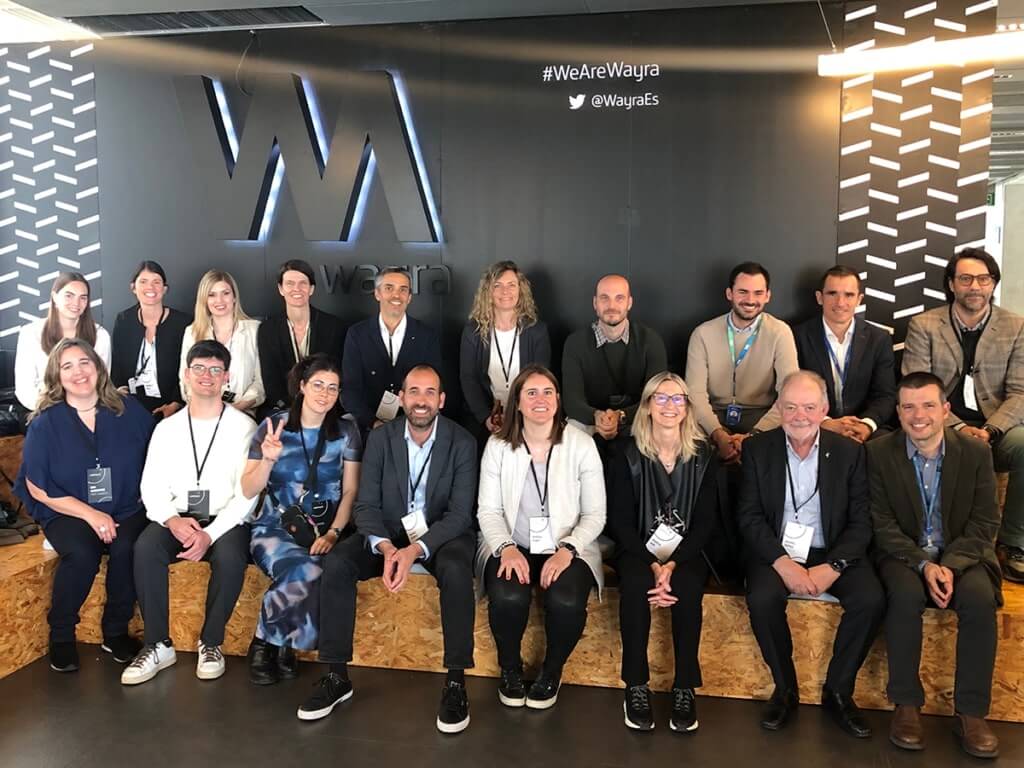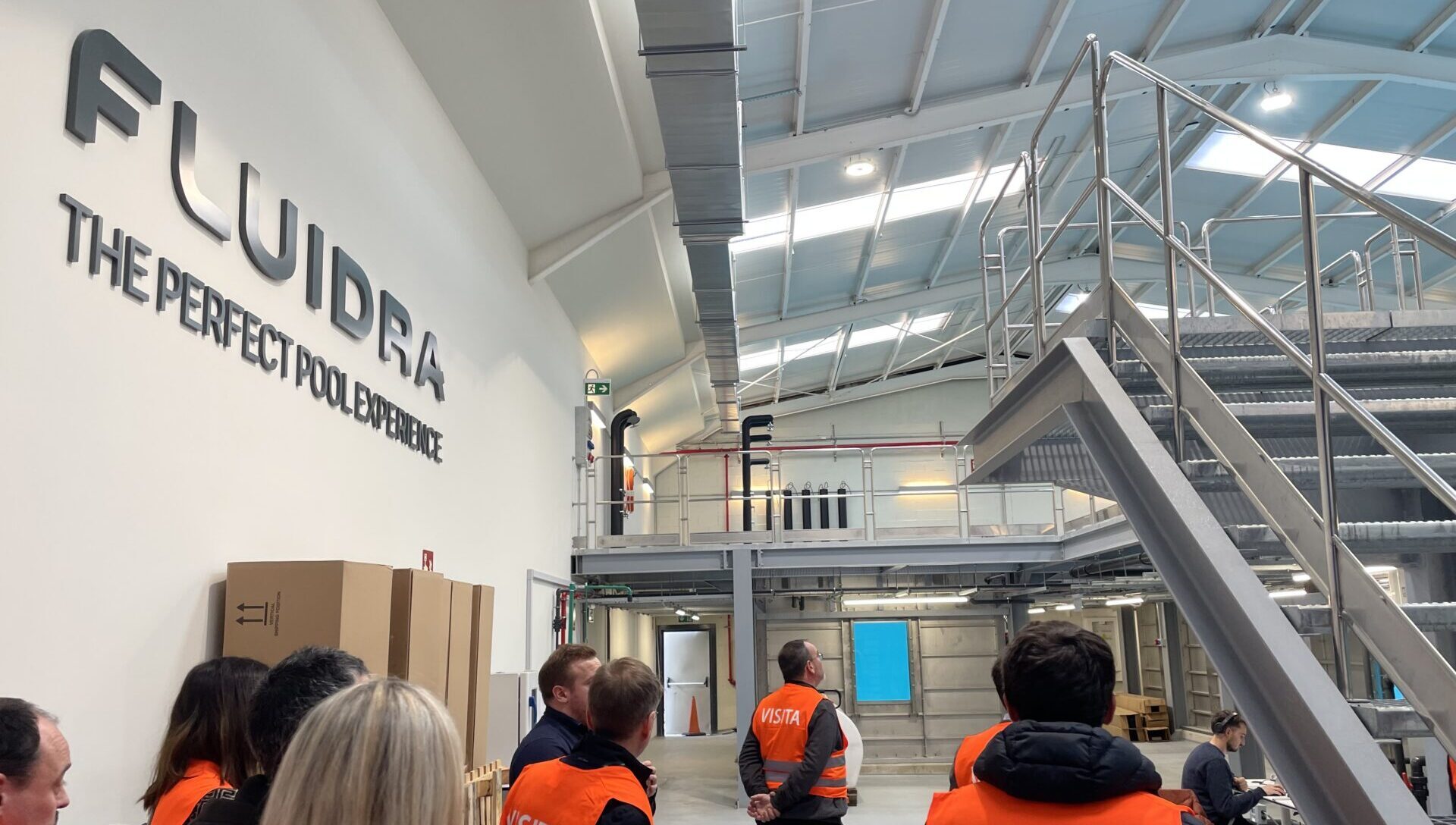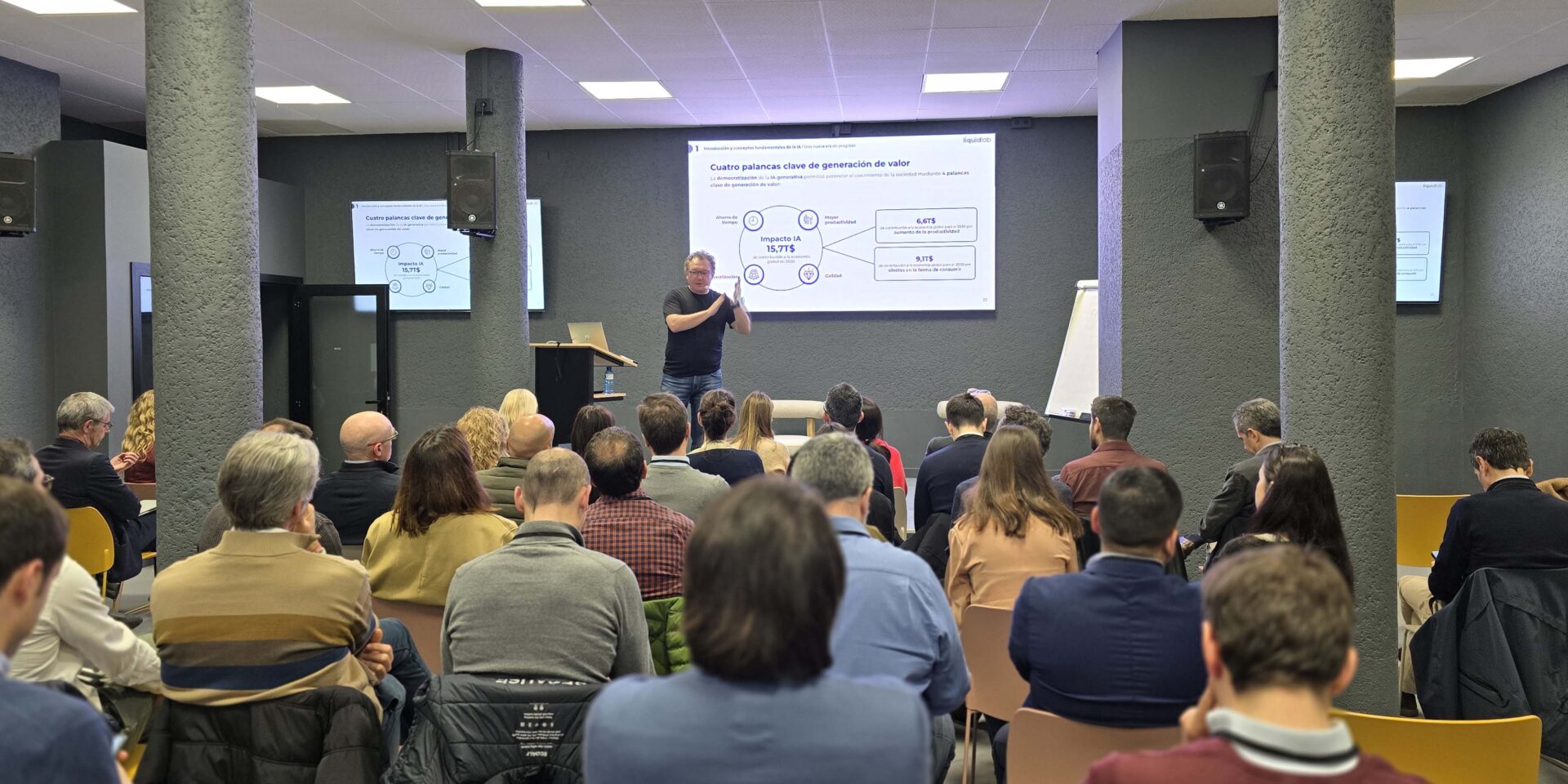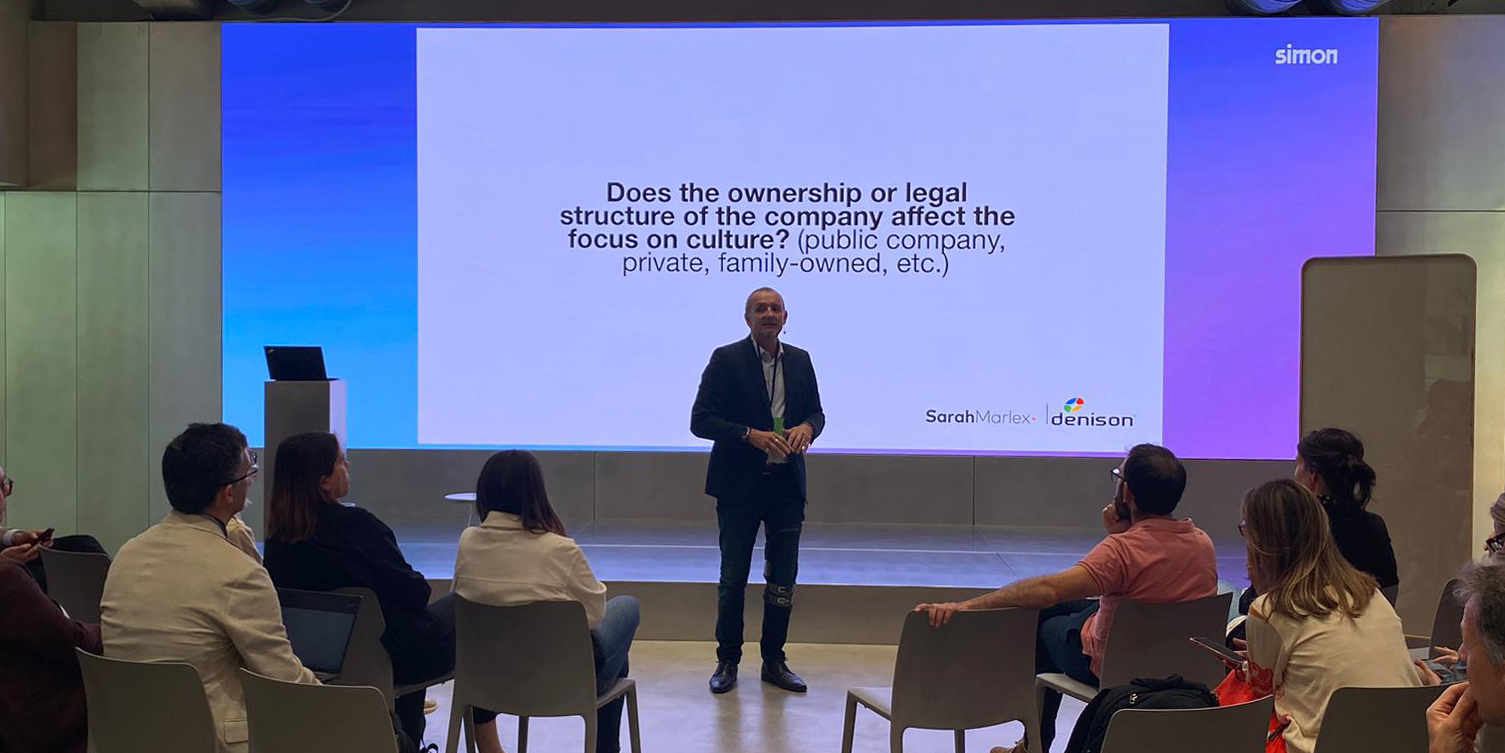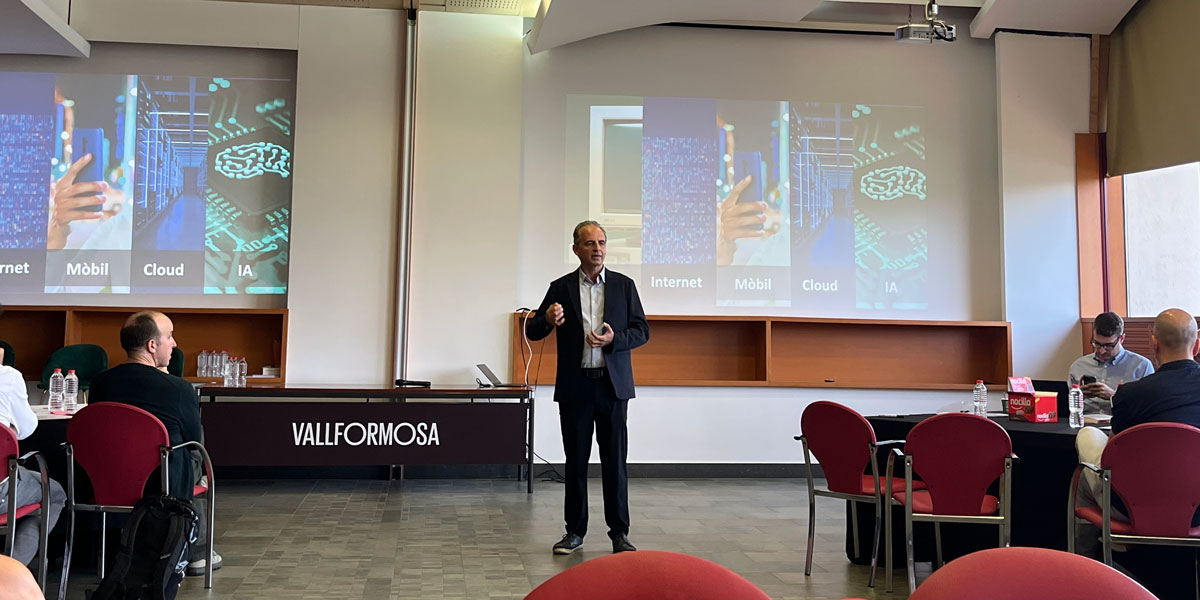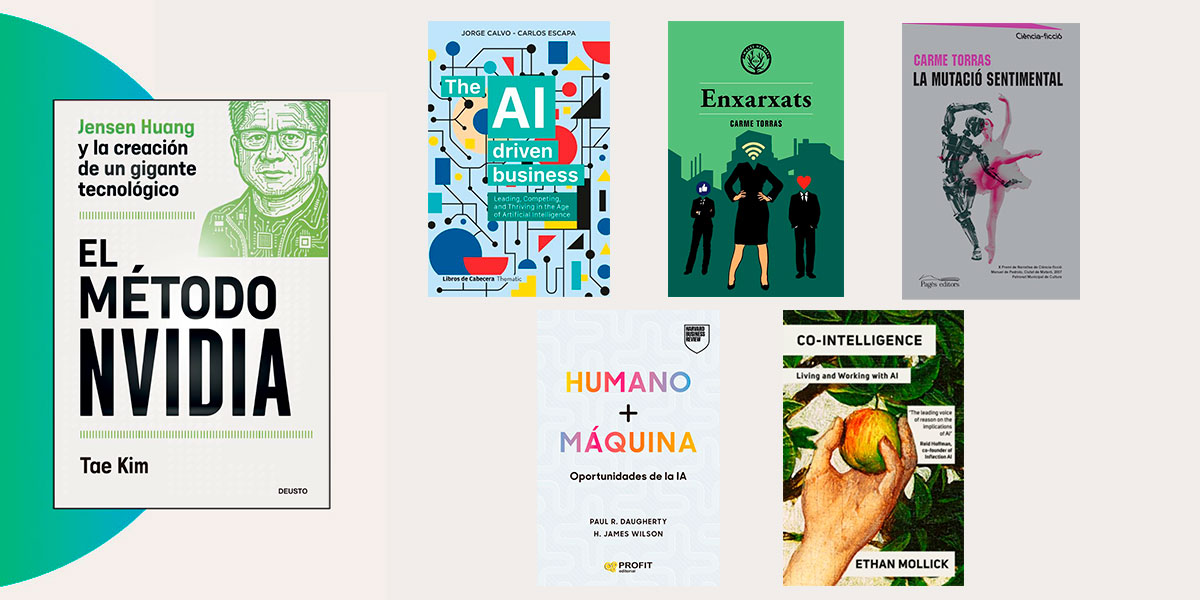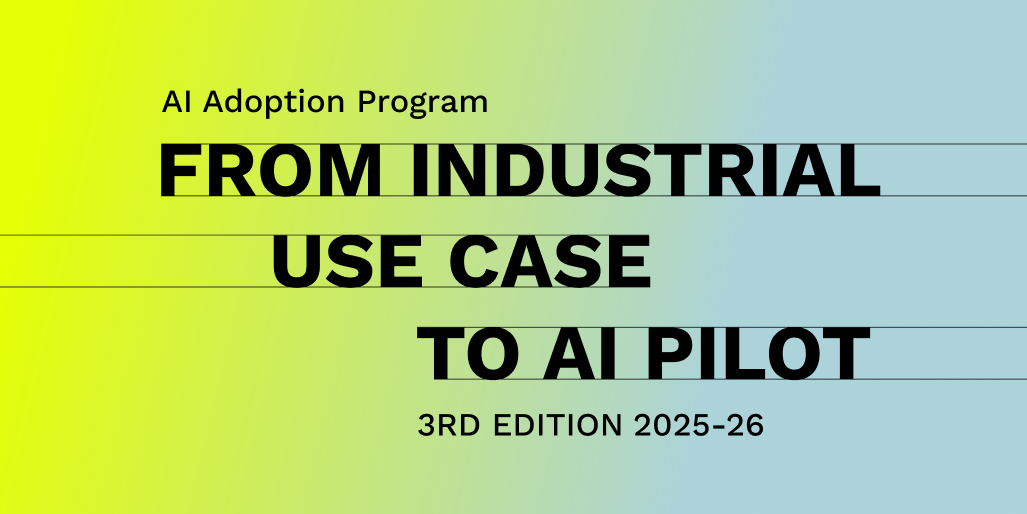Industry X.0, IoT, and boosting startups: We visited Telefónica’s Corporate Innovation Center.
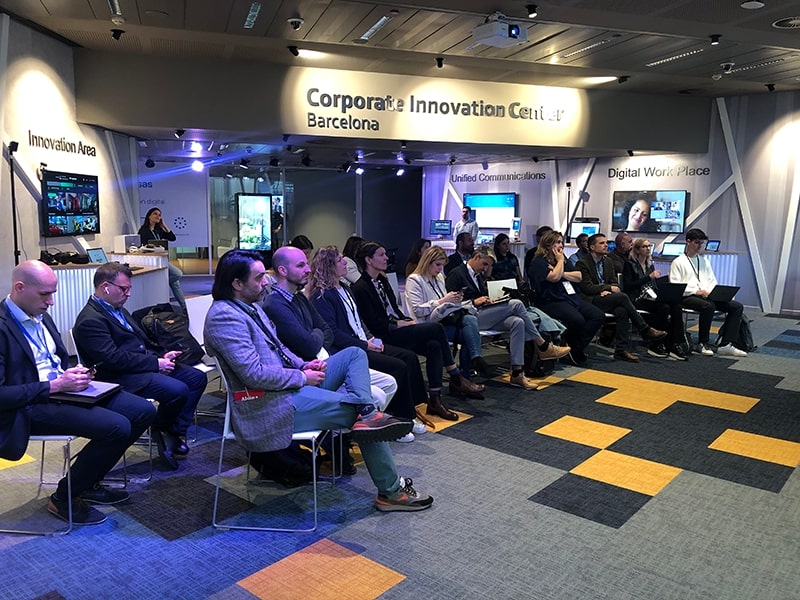

Last Friday, April 12th, we visited the Telefónica Tower in Barcelona to explore its Corporate Innovation Center guided by Miguel Angel Fernandez and David Arroyo. In these facilities, the first permanent demonstration space in Spain for smart workplace solutions has been established. The company has chosen to engage in the industrial ecosystem by acquiring companies like Geprom, an engineering firm specializing in automation and digitization.
Digitalization Journeys in Companies, with Javier Arias.
Javier Arias, Commercial Director of Geprom, a company specializing in industrial automation engineering and digital transformation that is part of Telefónica Tech, highlighted the disparity between technological progress and the current situation of factories, most of which still rely on traditional methods. The dilemma lies in the gap between the adoption of technology and its effective influence on industrial processes. Currently, technology is implemented without prior consideration of how it can truly contribute, and then attempts are made to integrate it into factories, an approach that does not prioritize its potential benefits or adequately involve personnel.
The Role of Telefónica in Industry 4.0.
Telefónica, from its position in the world of enabling technologies, has embarked on the challenge of thoroughly understanding the operations processes in Industry 4.0 factories. Recognizing the importance of closely observing what happens in these environments, the company has chosen to engage in the industrial ecosystem by acquiring engineering firms specialized in automation and digitization, such as Geprom.
Most current factories maintain relatively non-innovative processes, incorporating technology but still rooted in traditional methods. In practice, technology is introduced first, and then attempts are made to integrate it into the factory, a method lacking in effectiveness. Investments in technology are made without truly considering how they can benefit and without adequately involving the personnel who will use it.
The Reality of Industry X.0.
Before implementing Industry X.0, it’s important to understand where production stands in terms of Industry 3.0 and 4.0.:
- Industry 3.0:
Automation. Streamlining repetitive tasks. Digitalization of processes. Connectivity. Streamlining business.
Connecting manufacturing, logistics, ERP.
- Industry 4.0:
Visibility. Data-driven decision-making. Real-time digital shadow in paperless factories.
Transparency, predictive capacity, and adaptability. Correlating data, and detecting complex interactions.
Technological and economic feasibility are two crucial points to determine the application of new technologies. However, in many cases, these conditions are not met, leading industries to not adopt them. A global perspective on plant digitalization ensures compliance with industrial standards and promotes convergence towards a model that optimally integrates information technology (IT) and operational technology (OT).
It’s necessary to rethink the organizational structure to foster communication between these departments and achieve effective integration. The lack of a clear roadmap leads to ad-hoc technology integration without a global transformation vision.
Industry X.0: Success Case Based on Artificial Intelligence.
A notable success case is that of Stolt, the leading European producer of turbots and soles. Faced with the need to anticipate demand and manage the risk associated with raw material production, they implemented an innovative solution: margin prediction. With this tool, they can predict the necessary volume of product in the long term, up to five years, to ensure profitability and make data-driven decisions related to business profitability.
This approach has demonstrated an impressive success rate of 88%. One of the keys to this solution lies in the application of climate models in the production process, which allows for the consideration of external variables affecting the business. The necessary technological integration for this project was carried out by Geprom, while the Data Science team at Telefónica Tech contributed their expertise in data analysis to further optimize the process.
IoT Sensors and Blockchain at Telefónica
Joaquim Puigoriol, Senior Consultant at Telefónica, presented to us how IoT is used for analytics across various industries. This approach involves leveraging sensors integrated into current common devices to gather relevant data. Additionally, he highlighted the use of Blockchain technology to enhance process communication with quality and transparency.
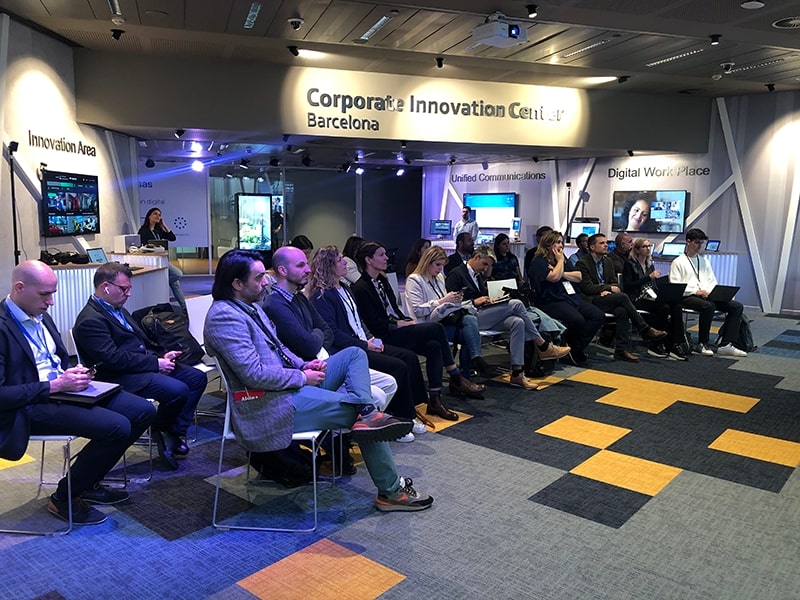
Thanks to this technology, clients can validate the actions performed by providers. Telefónica offers its knowledge and the blockchain project as a service: TrustOS. This system allows personalized publication in each case, providing a solution tailored to the specific needs of each client.
Innovation without Disruption, with Xavier Marcet.
Throughout the day, we also had a moment to pause and reflect on Innovation without Disruption with Xavier Marcet, president of Lead to Change and strategic partner of INDPULS.
Marcet urges us to consider a new form of innovation: non-disruptive creation, which aims to expand the ‘pie’ rather than completely reinventing it, and offers us several propositions to reflect upon:
- Innovation is fundamental for competitiveness; either you create the future for your customers, or someone else will.
- Innovation is risky, but the greatest risk is not innovating.
- Europe needs to develop its innovation models.
- The monetization of innovation must be accounted for and measured.
- Innovation and sustainability must be compatible and complementary.

Open Innovation with Wayra: Boosting Startups and Transforming Industries.
We conclude the meeting with Wayra and their experience in Open Innovation with Marc Ferrer, their Director of Business Development. Wayra’s main mission is to invest in mature and technological startups that bring innovation to both Telefónica and its extensive network of clients.
Wayra was born as an accelerator and has evolved to become Telefónica’s corporate VC, focusing on more mature companies in the seed and pre-seed stages. The criteria of its portfolio is divided into 80% to leverage technology within Telefónica and 20% for disruptive technologies.
Finally, Ferrer shared with us the key aspects for the ongoing success of a project like Wayra within a large company:
- Aligned and committed executive leadership.
- An agile startup validation process that does not follow the same criteria as a technology provider.
- The creation of a team of digital leaders to support the project.
- Dedication of time and resources.
